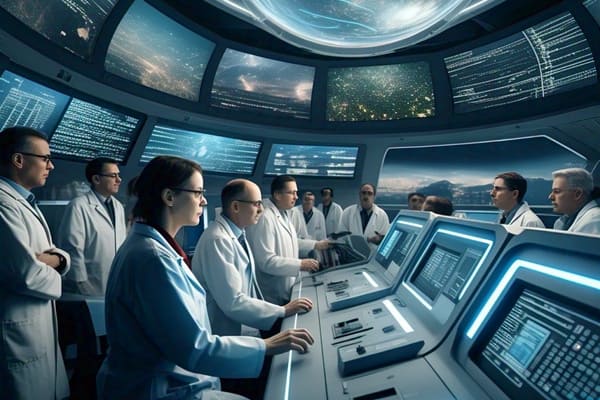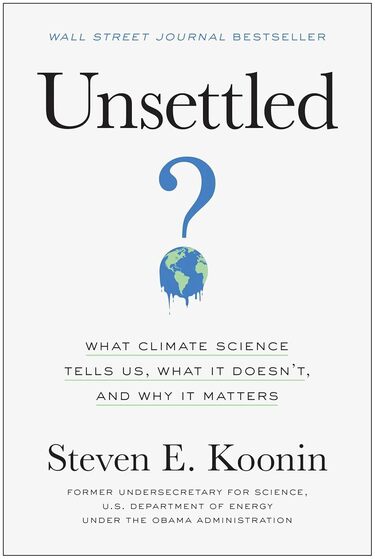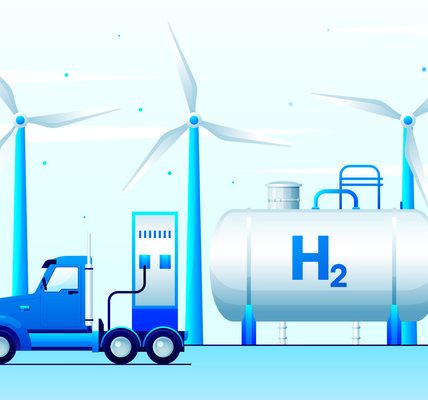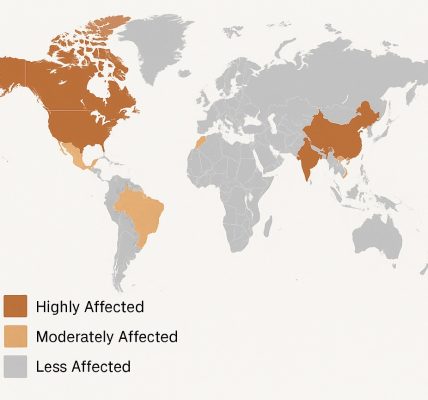Climate change is one of the most pressing challenges of our time, requiring innovative solutions to mitigate its effects and build a sustainable future. Artificial intelligence (AI) has emerged as a powerful tool in the fight against climate change, offering data-driven insights, optimizing energy use, and enhancing environmental monitoring. By harnessing AI’s capabilities, industries and governments can make smarter decisions to reduce carbon footprints and protect ecosystems.

Enhancing Climate Prediction Models
Accurate climate predictions are essential for preparing communities and policymakers for extreme weather events. AI improves climate models by analyzing massive datasets from satellites, weather stations, and ocean sensors, allowing scientists to predict hurricanes, heatwaves, and floods with greater accuracy.
Machine learning algorithms help refine these models by identifying patterns in historical data, leading to more precise forecasts. According to a study by the National Oceanic and Atmospheric Administration (NOAA), AI-driven models can improve weather forecasting accuracy by up to 30%, giving governments crucial time to implement disaster response strategies.
Optimizing Renewable Energy Grids
Renewable energy sources like wind and solar are critical for reducing greenhouse gas emissions, but their intermittency poses challenges for power grids. AI helps balance energy supply and demand by predicting fluctuations and optimizing energy storage.
For example, Google’s DeepMind has used AI to improve wind power efficiency, increasing energy output prediction accuracy by 20%. Smart grids powered by AI can automatically adjust energy distribution, ensuring a stable and efficient power supply while minimizing reliance on fossil fuels.
Reducing Industrial Carbon Emissions
Industries are responsible for a significant portion of global carbon emissions, but AI can help companies reduce their environmental impact. AI-powered sensors and analytics track energy consumption, detect inefficiencies, and suggest ways to cut emissions.
A report by McKinsey found that AI-driven efficiency improvements in manufacturing could reduce global emissions by up to 10%. By automating processes and optimizing energy use, businesses can achieve sustainability goals without compromising productivity.

Enhancing Deforestation Monitoring
Deforestation is a major contributor to climate change, leading to biodiversity loss and increased carbon dioxide levels. AI-powered satellite imagery analysis enables real-time monitoring of deforestation and illegal logging activities.
Platforms like Global Forest Watch use machine learning to detect forest degradation patterns, helping authorities take swift action to protect endangered ecosystems. Research from the World Resources Institute shows that AI-driven deforestation monitoring can improve response times by up to 40%, making conservation efforts more effective.
Developing Smart Agriculture Solutions
Agriculture accounts for nearly 24% of global greenhouse gas emissions, but AI is transforming farming practices to reduce environmental impact. Precision agriculture, powered by AI, analyzes soil conditions, weather patterns, and crop health to optimize resource usage.
AI-driven irrigation systems, for example, can reduce water wastage by 25% while maintaining crop yields. Additionally, AI-powered drones monitor pest infestations, minimizing the need for chemical pesticides. These innovations not only cut emissions but also promote sustainable food production.
Optimizing Waste Management and Recycling
AI is revolutionizing waste management by improving recycling efficiency and reducing landfill waste. AI-powered sorting systems use computer vision to identify and separate recyclable materials, increasing recycling rates. Companies like AMP Robotics have developed AI-driven robots capable of sorting recyclables with 99% accuracy, significantly reducing contamination in recycling streams.
AI also helps predict waste generation patterns, enabling municipalities to optimize collection routes and minimize fuel consumption, ultimately lowering emissions from waste management operations.
Advancing Carbon Capture and Storage
Carbon capture and storage (CCS) technologies are crucial for reducing atmospheric CO2 levels, and AI is making them more effective. AI models analyze geological data to identify optimal storage sites for carbon sequestration.
Additionally, AI optimizes the efficiency of direct air capture systems, making them more cost-effective and scalable. According to the International Energy Agency (IEA), AI-driven CCS strategies could help capture and store up to 10 gigatons of CO2 annually by 2050, playing a vital role in achieving global climate targets.
AI is a Game-Changer
AI is proving to be a game-changer in the fight against climate change, offering solutions that improve efficiency, enhance environmental monitoring, and drive sustainability efforts. From optimizing energy grids to advancing carbon capture, AI’s potential to create a sustainable future is immense. As technology continues to evolve, integrating AI into climate strategies will be essential for mitigating climate change and protecting the planet for future generations.
Some books you can’t miss out on:

Unsettled: What Climate Science Tells Us, What It Doesn’t, and Why It Matters

How to Avoid a Climate Disaster: The Solutions We Have and the Breakthroughs We Need




